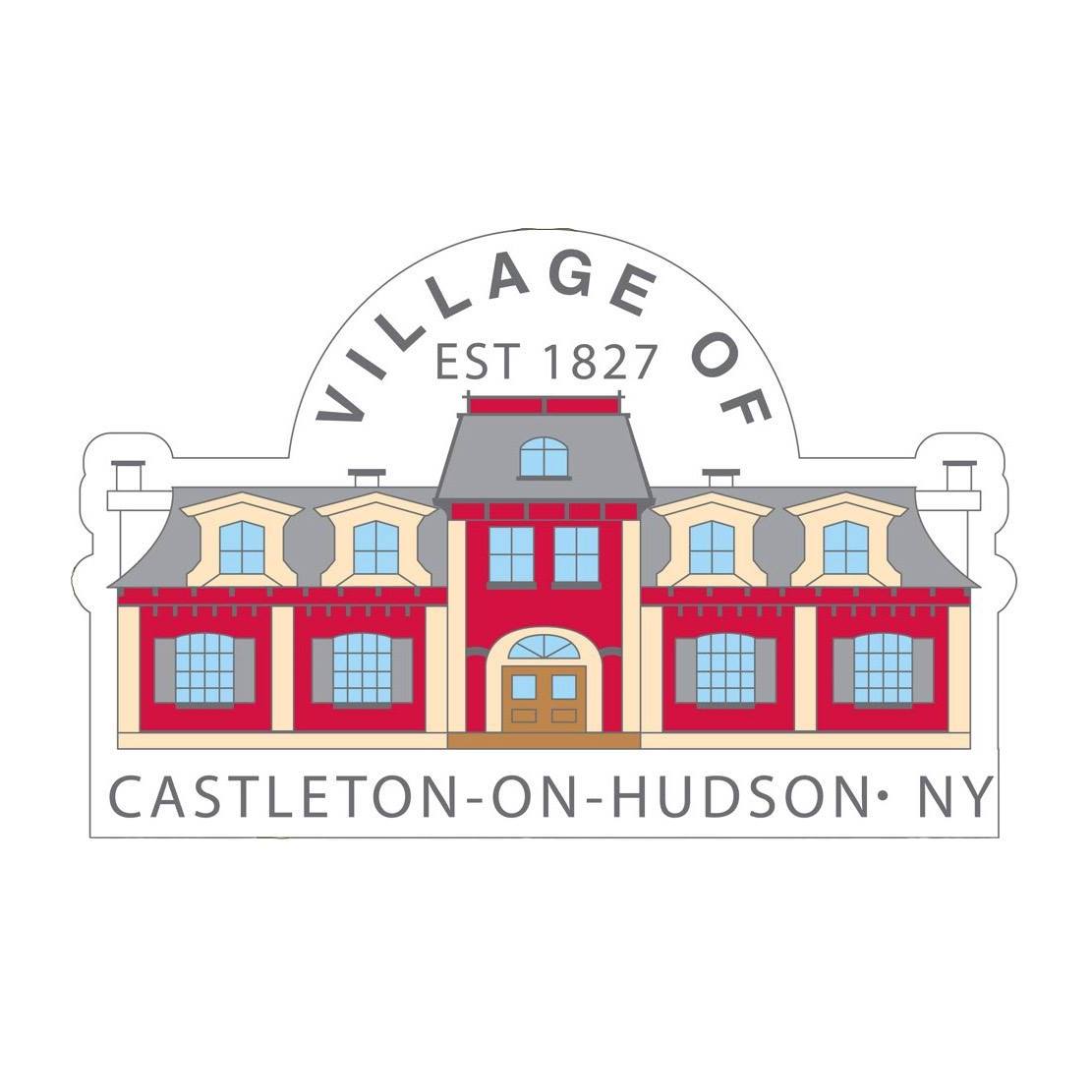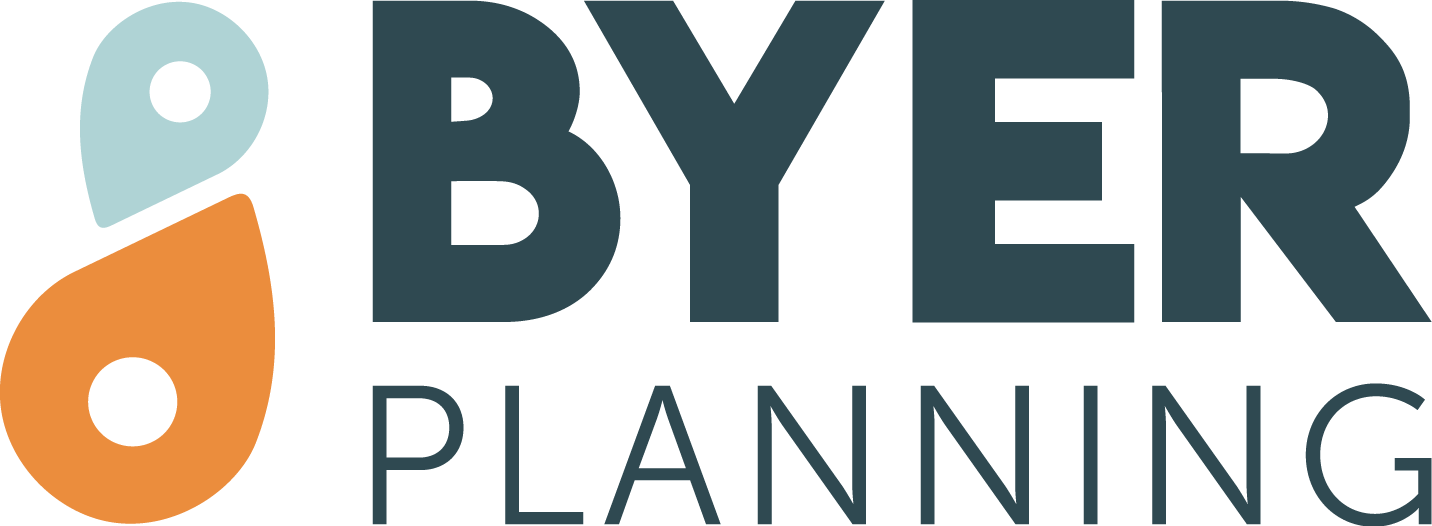Study Vision and Goals
Bicycle and Pedestrian Master Plans chart a course for making transportation infrastructure friendly and accessible to all residents, regardless of their age, ability, or preferred means of transportation. The vision for the Castleton-on-Hudson Bicycle and Pedestrian Study is to develop a plan to implement Complete Streets that are safe, and convenient for travel by all modes of transportation by promoting elements that can reduce vehicular speed and congestion, improve safety for bicyclists and pedestrians, and encourage economic growth in the study area.
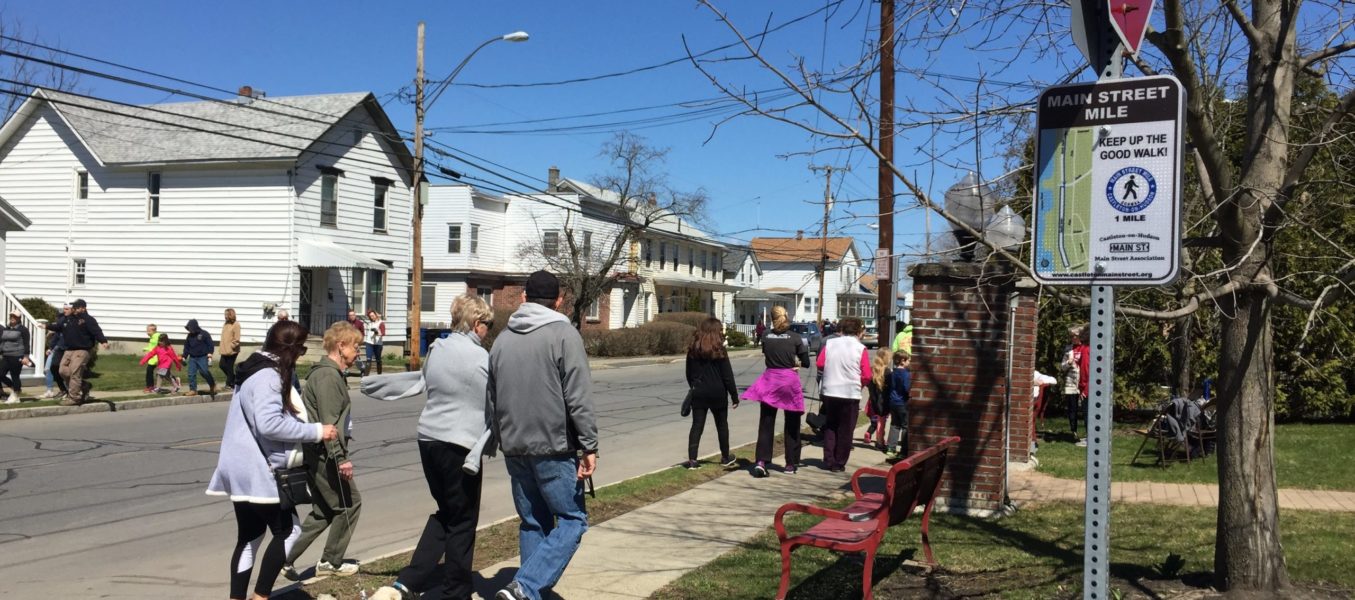
The goals of this study include the identification and prioritization of:
• New sidewalk locations and sidewalk improvements
• New crosswalk locations and improvements
• Bicycle facilities
• Trail facilities
• Traffic calming
Of particular interest is a connection from downtown Castleton to the nearby Schodack Island State Park, located less than a mile away. This connection is an integral component of the community’s Main Street revitalization strategy, along with gaining river access and developing Schermerhorn Park.
What Are Complete Streets?
Complete streets are roadways designed to accommodate all users, ages, and abilities in a safe and comfortable manner. This includes providing accommodations for active transportation users (pedestrians and bicyclists). Below is more information about common elements incorporated into complete streets.
Capital Region Transportation Council Complete Streets Guide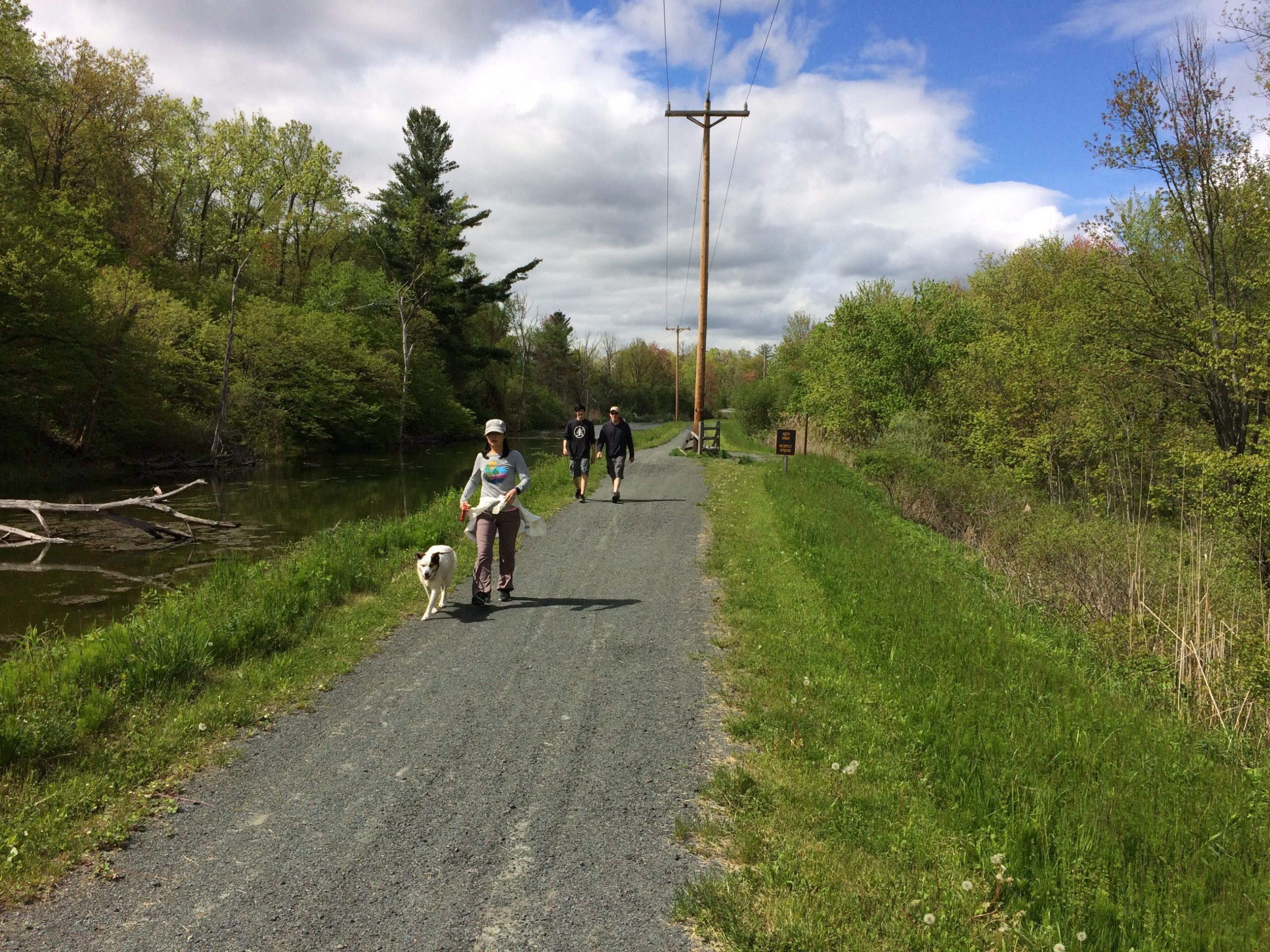
Trails / Shared Use Paths
Trails provide active transportation facilities outside of the roadway. This separation from traffic is often the most comfortable but requires a separate right of way.
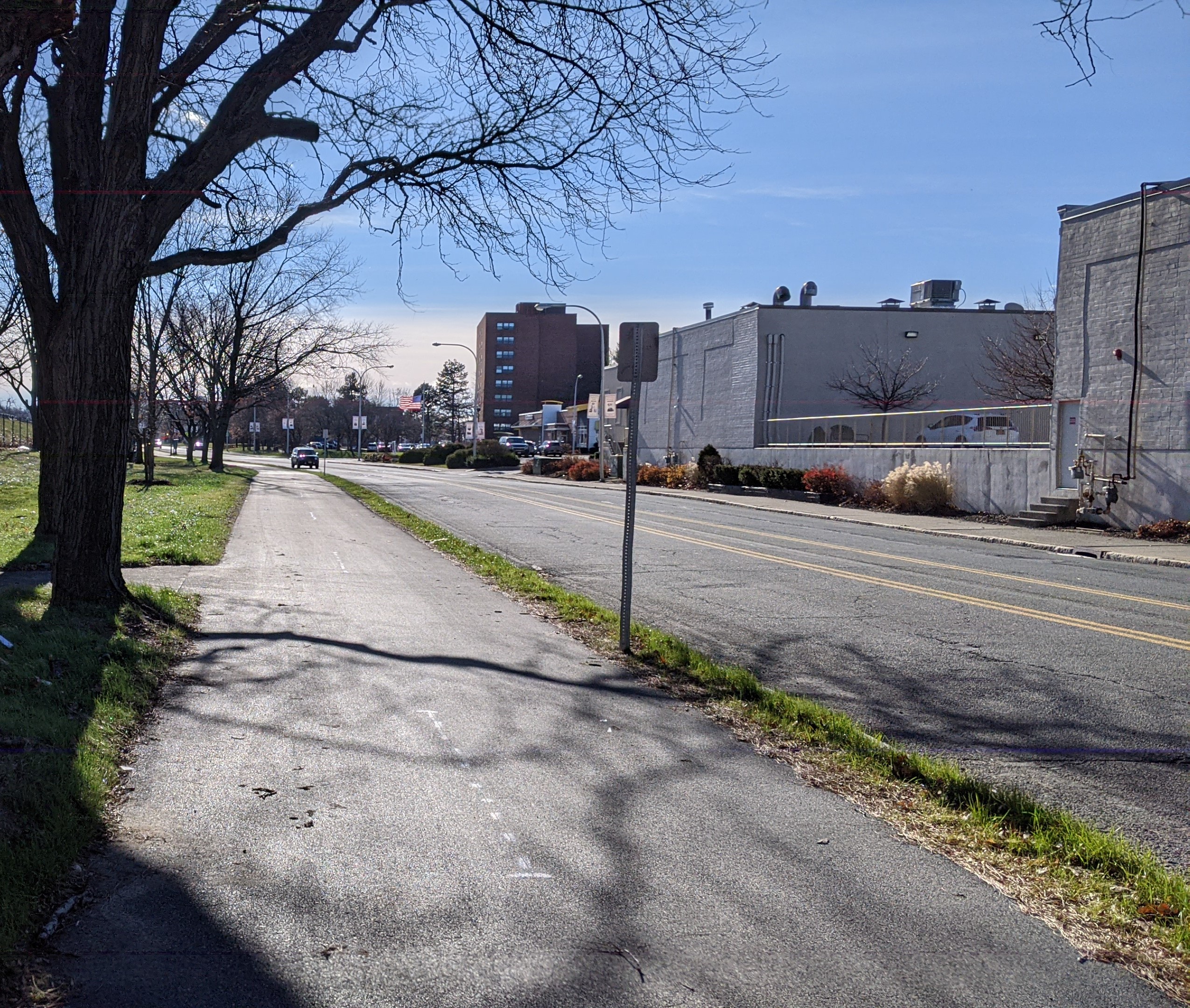
Sidepaths
Sidepaths are trails or shared-use paths that exist parallel to a roadway. These are most appropriate along roadways with higher traffic and speeds.
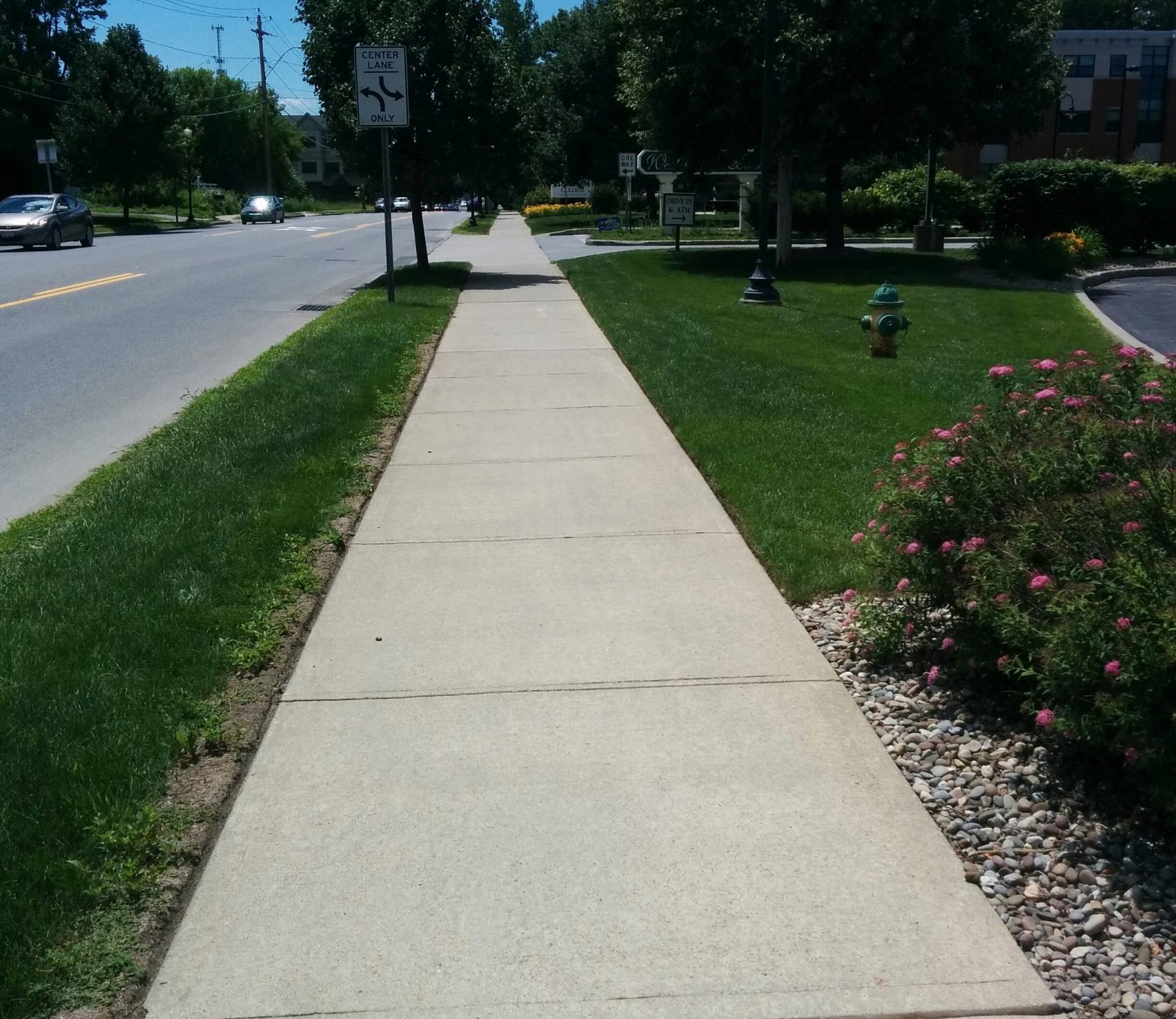
Sidewalks
Sidewalks provide a dedicated space for pedestrians along a roadway. They are typically 5 feet wide and made of concrete, but asphalt can also be used.
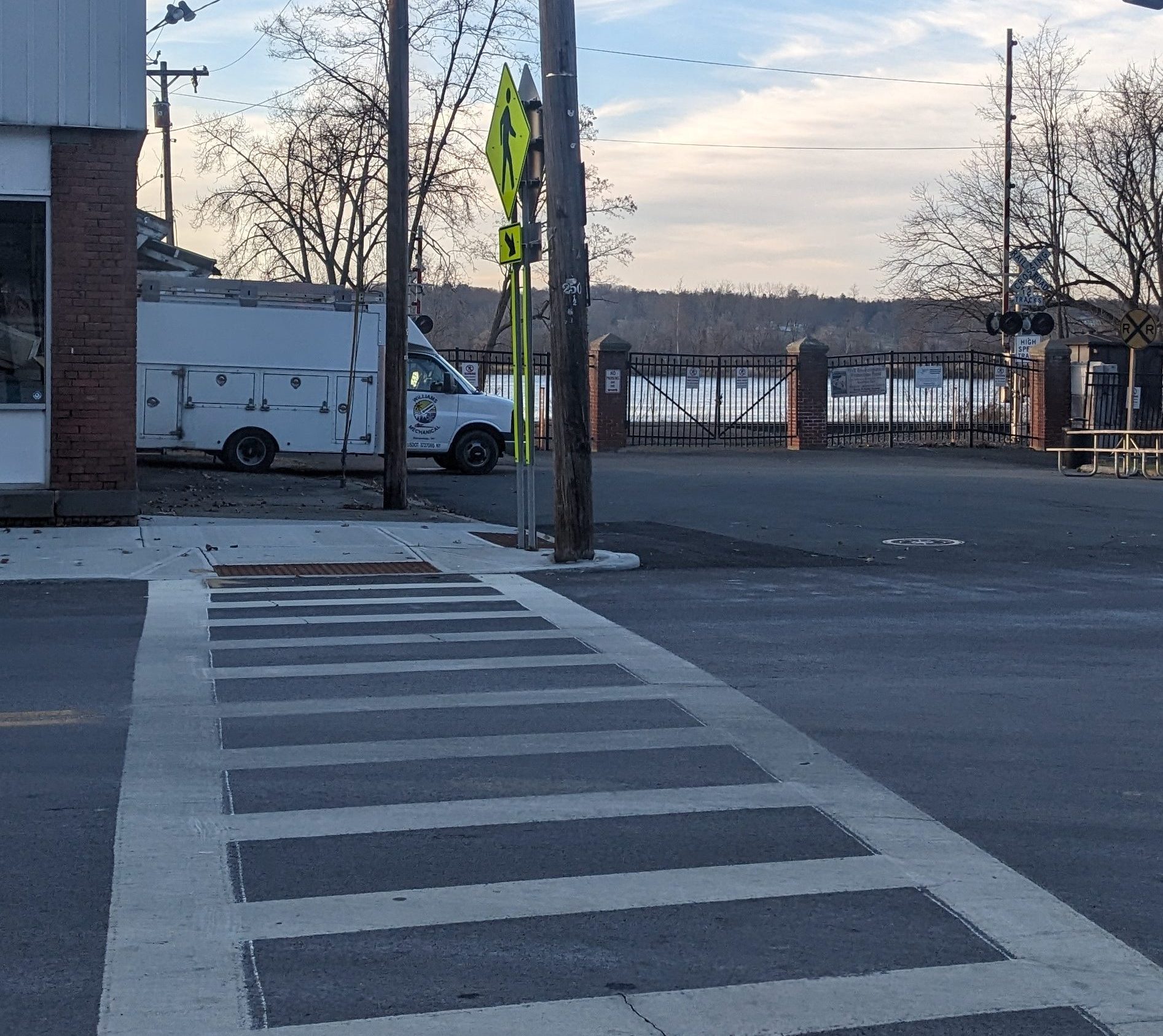
Crosswalks
Crosswalks are marked locations for pedestrians, and potentially bicyclists, to cross a street. These are typically present at intersections but can also be located “mid-block”. Crosswalks can also be enhanced with additional treatments like bump-outs.
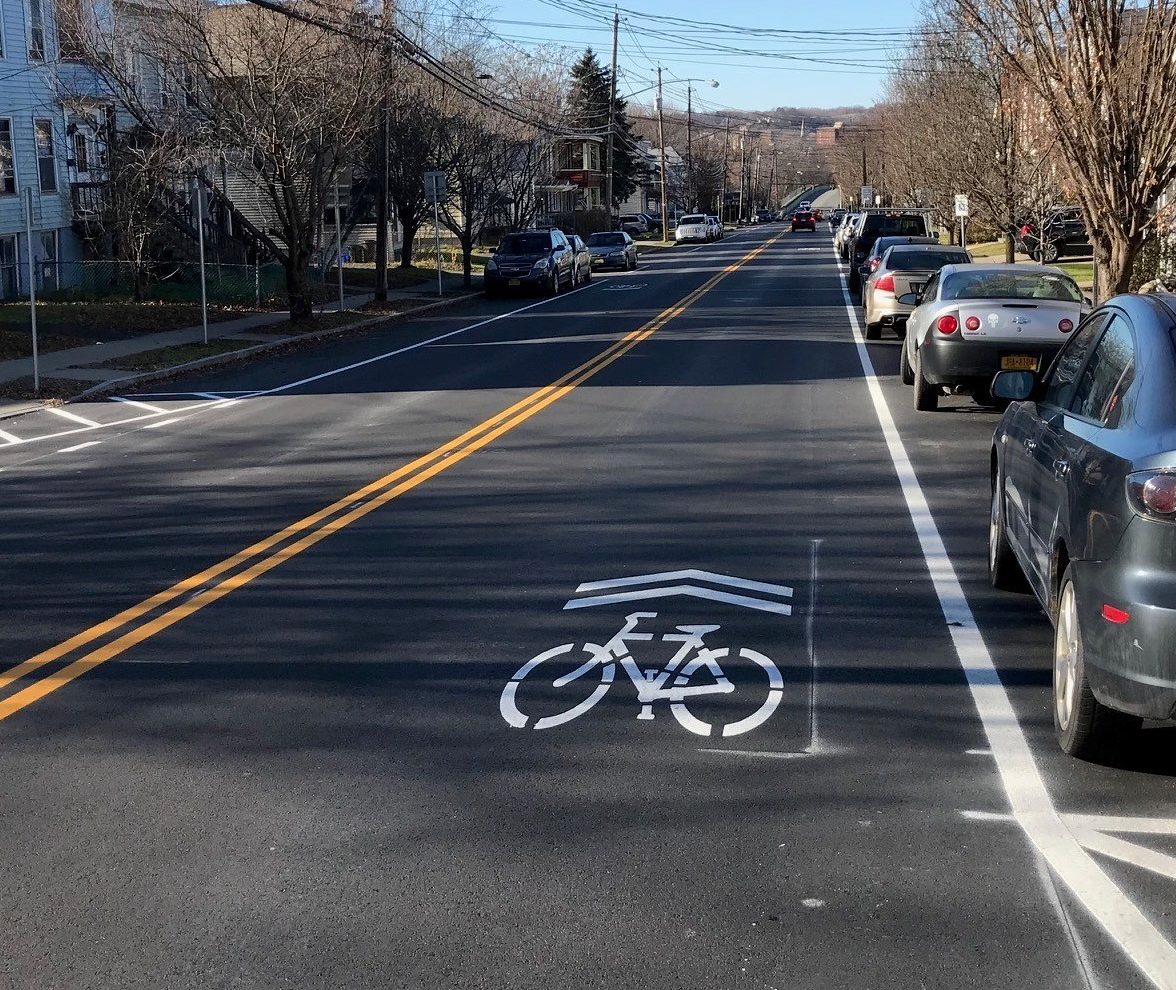
Shared Lanes
Shared lanes are where bicyclists share the roadway with vehicles. Signage and markings are typically used to remind vehicles that they are sharing the road and to encourage proper positioning of cyclists in the lane.
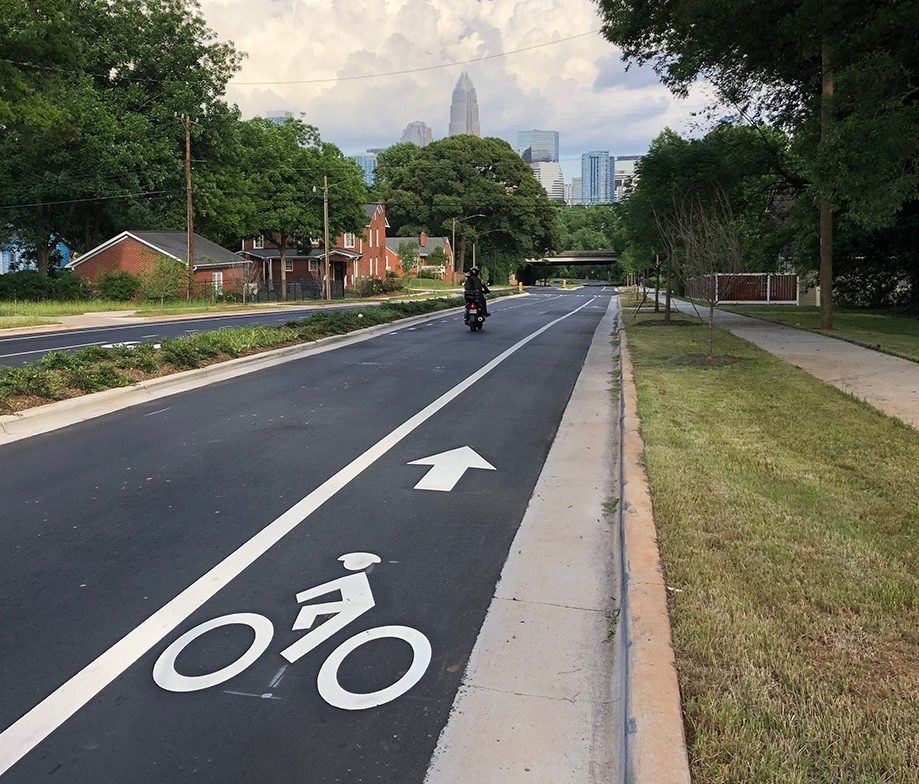
Bike Lanes
Bike lanes provide a dedicated space for cyclists directly adjacent to the travel lane. Bike lanes are typically 5+ ft wide.
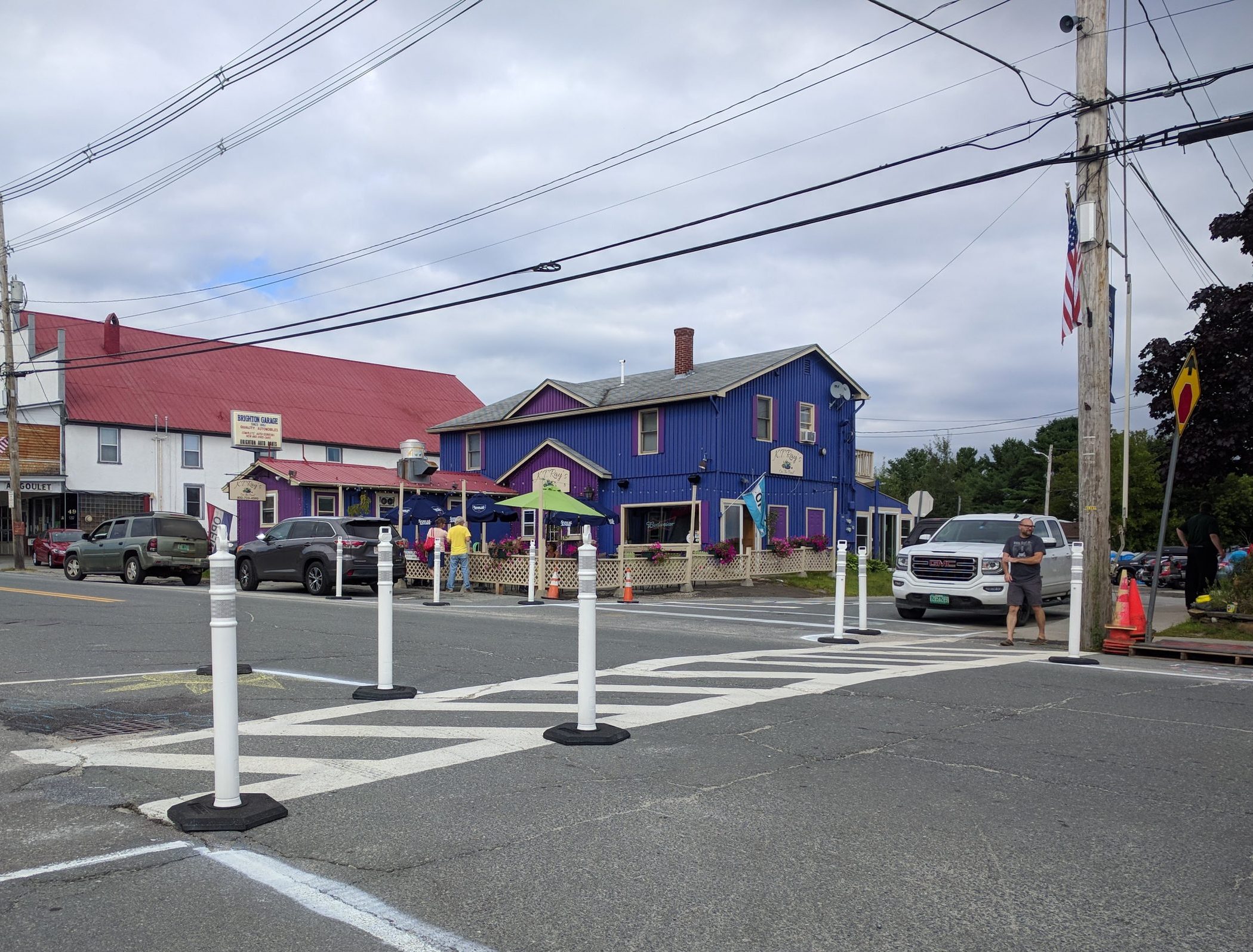
Traffic Calming
Traffic calming is used to slow the speed of vehicles and increase safety for all users. Examples of traffic calming include speed humps, bump outs, or neighborhood traffic circles.
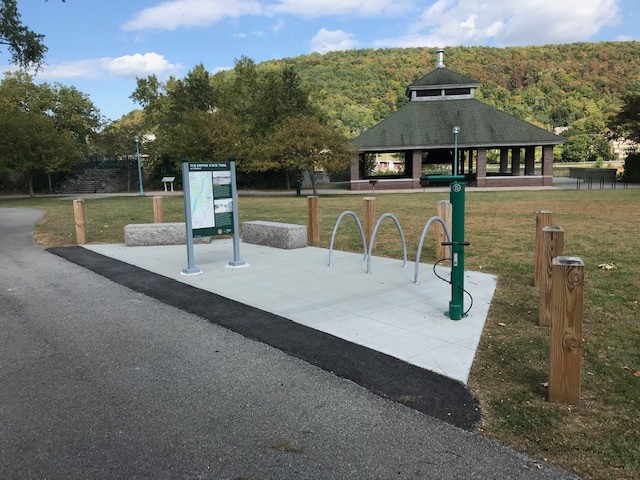
Amenities
Amenities for pedestrians and cyclists are important to incorporate into complete streets and trails – such as bike racks and benches.
Leave us a comment
Fill out the form below to join the mailing list and leave us any general comments about the study.
